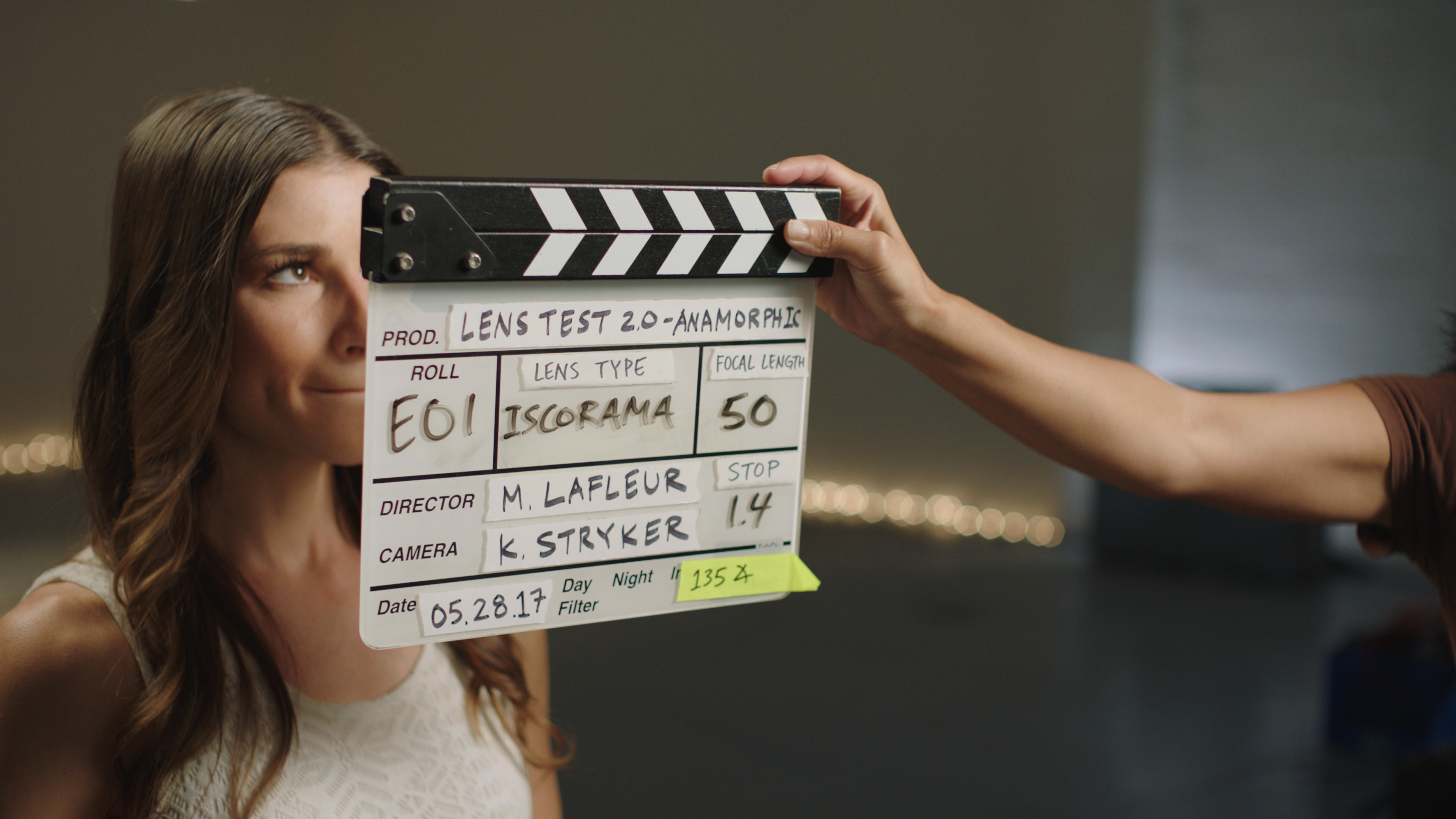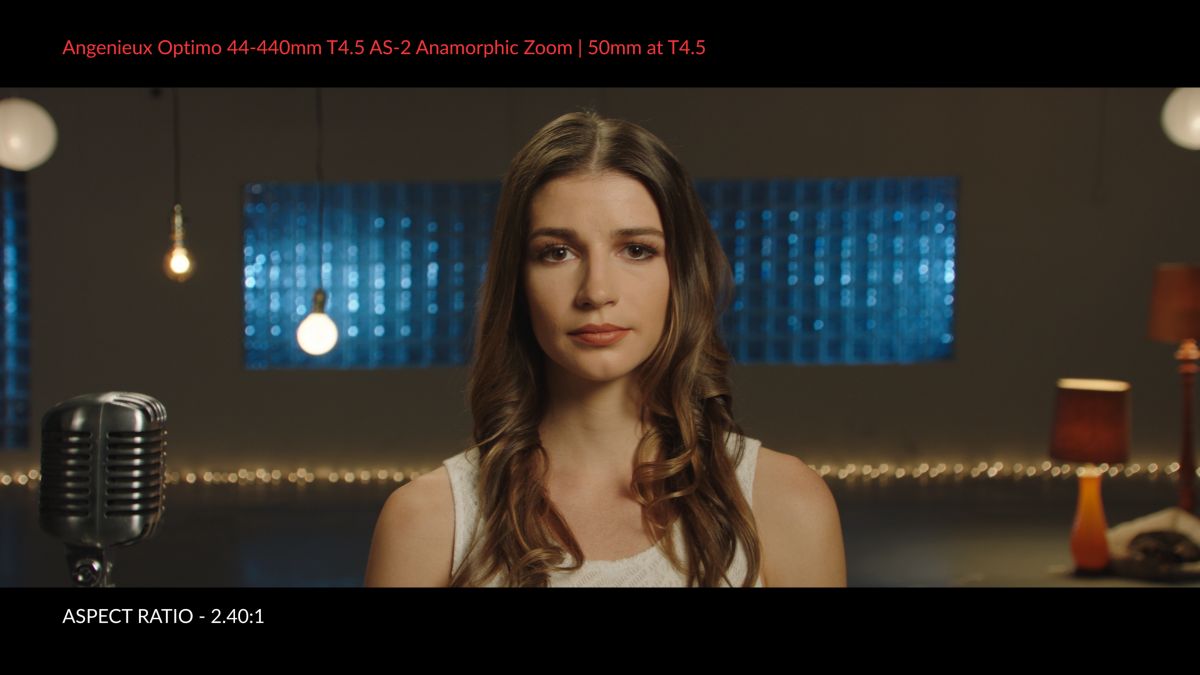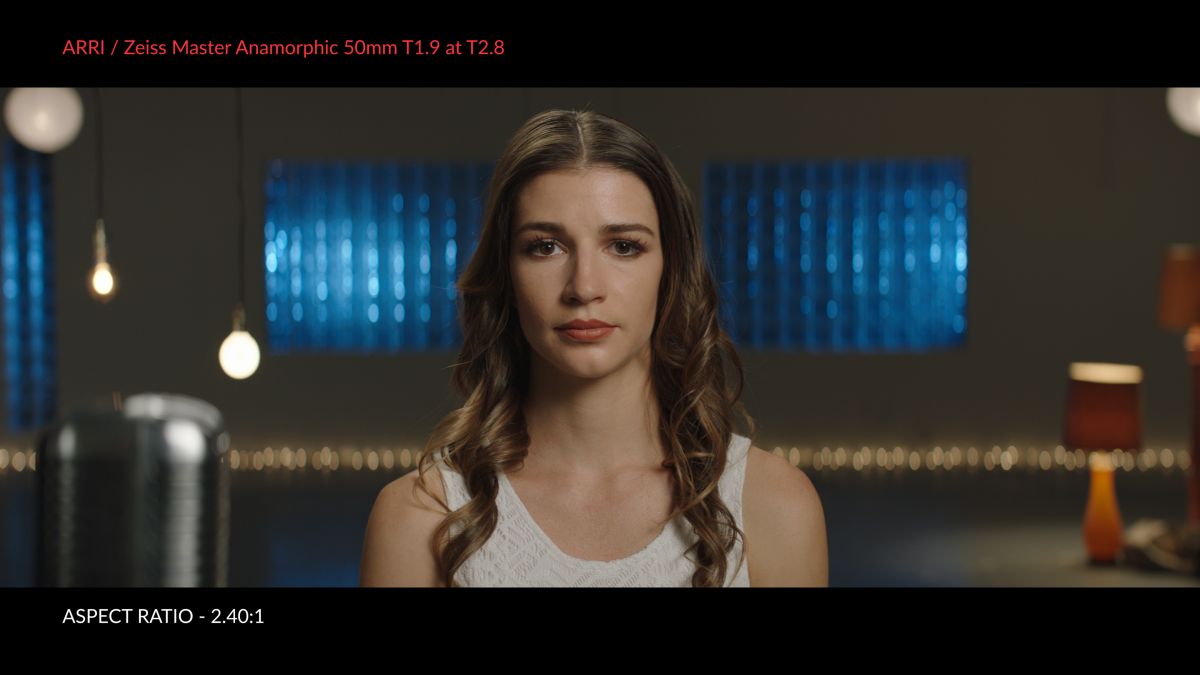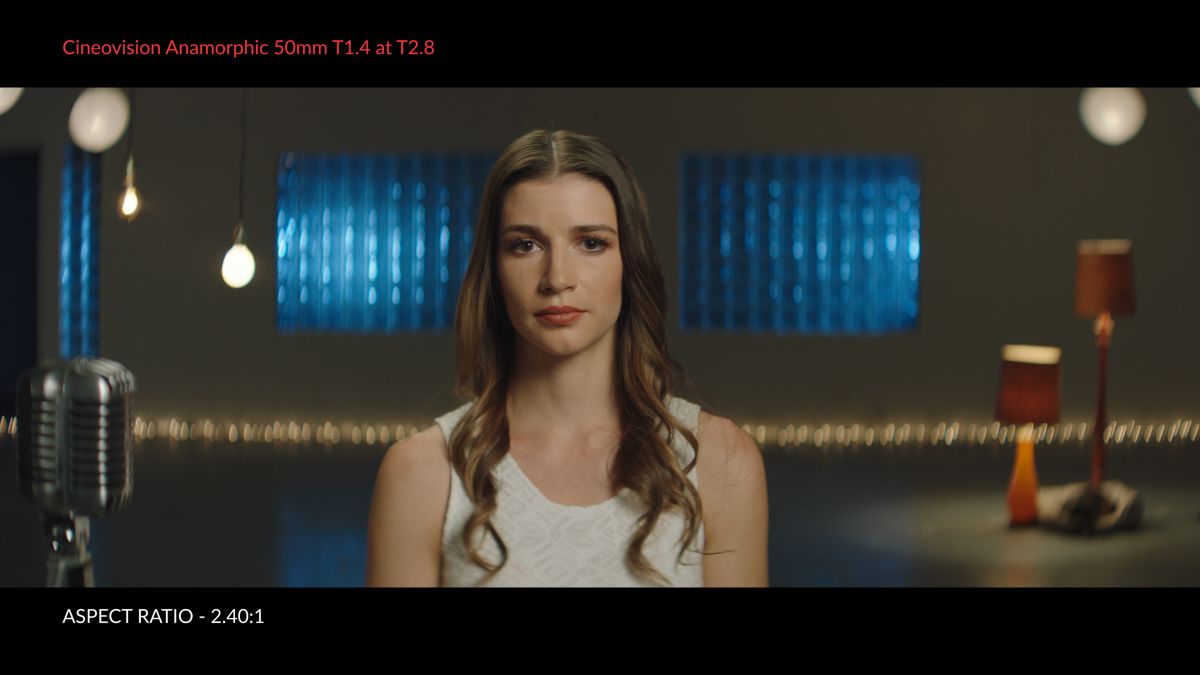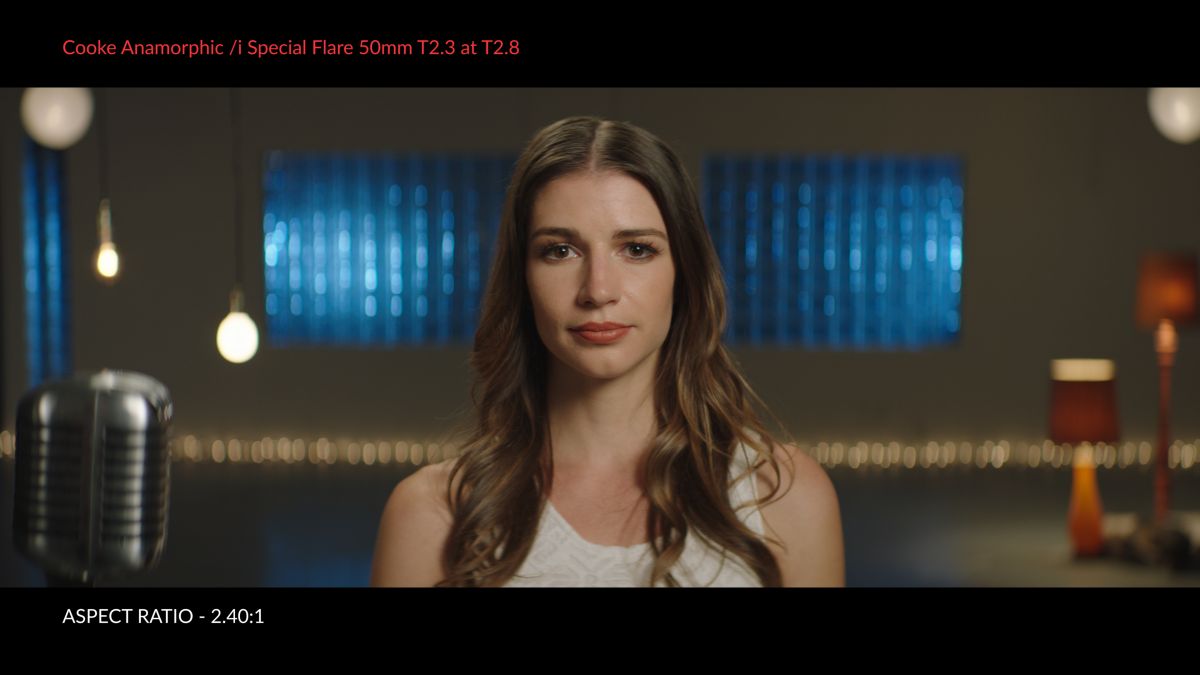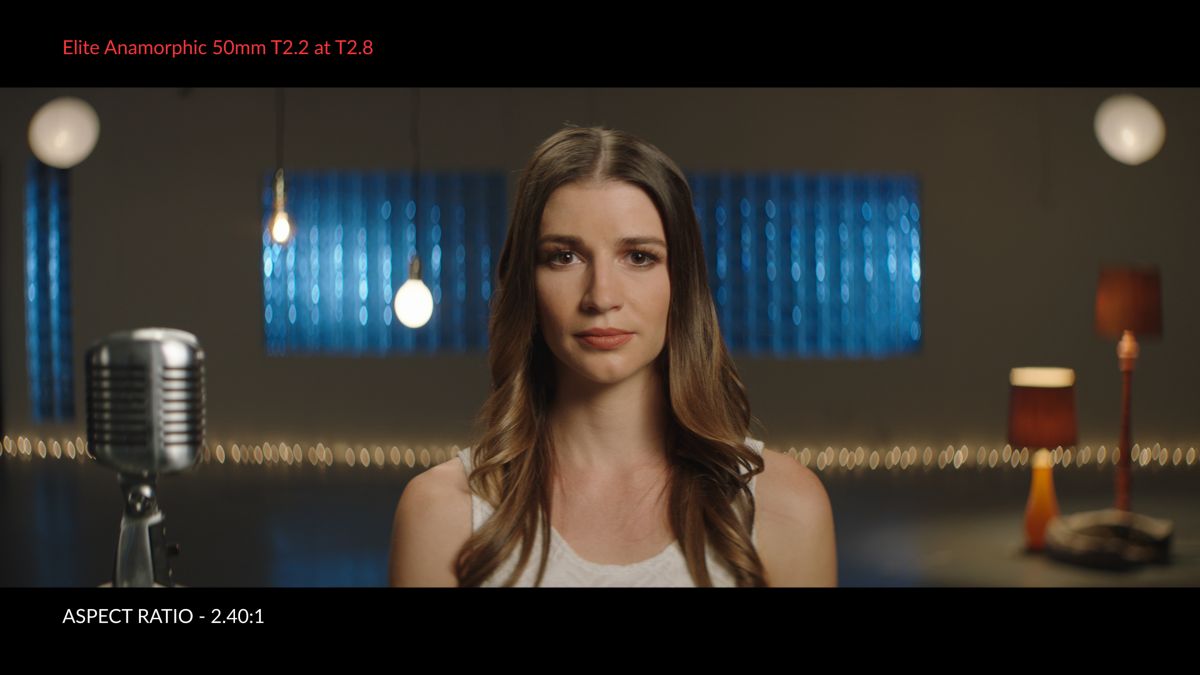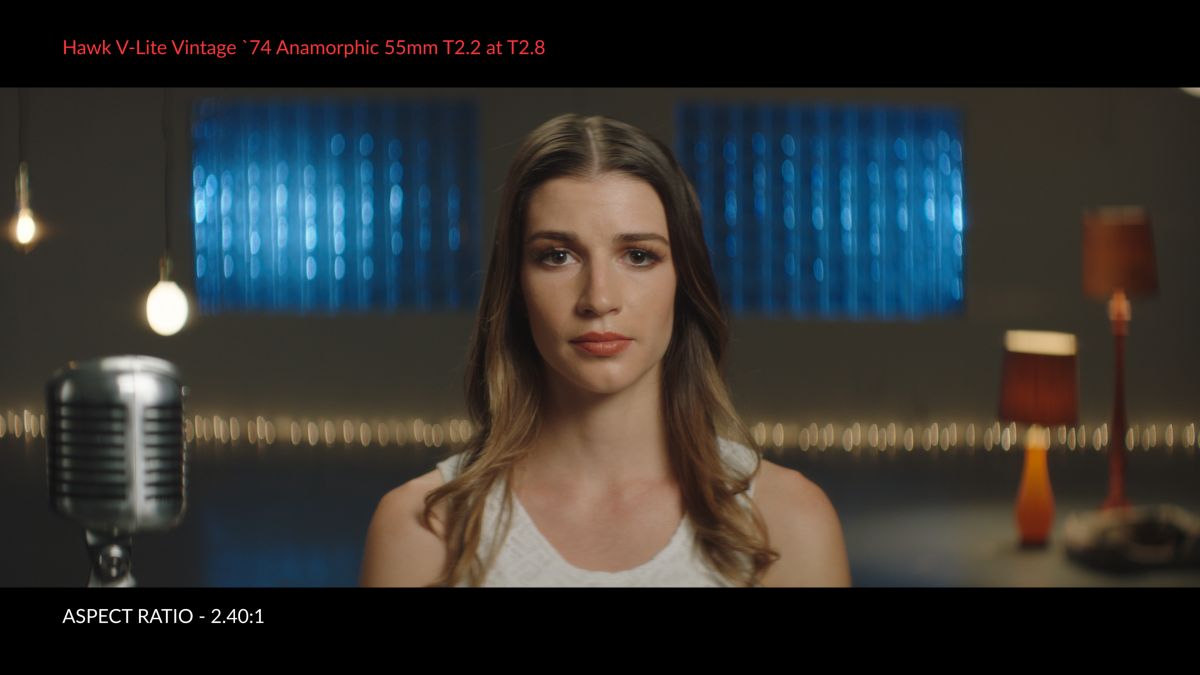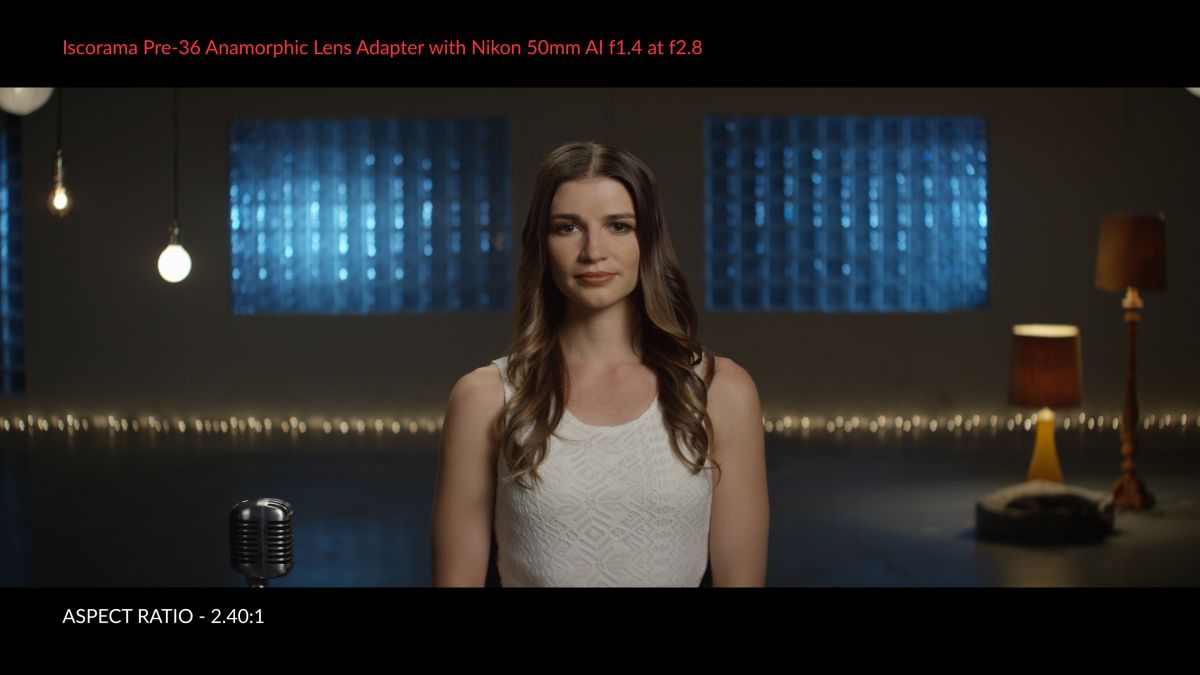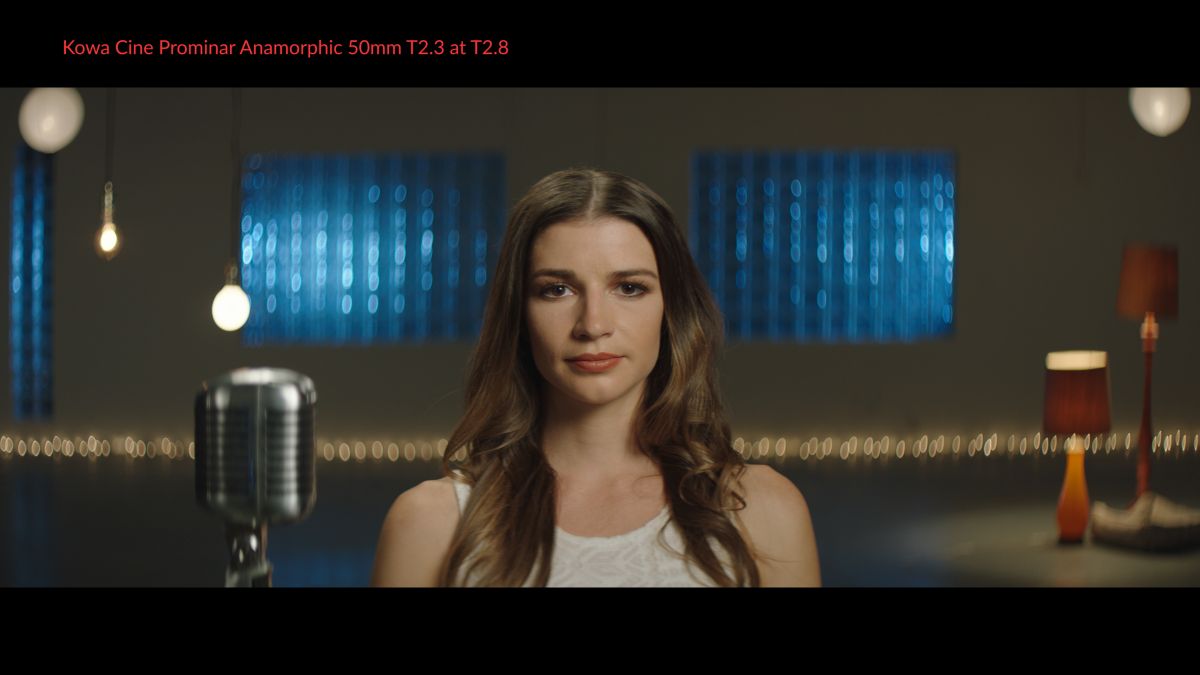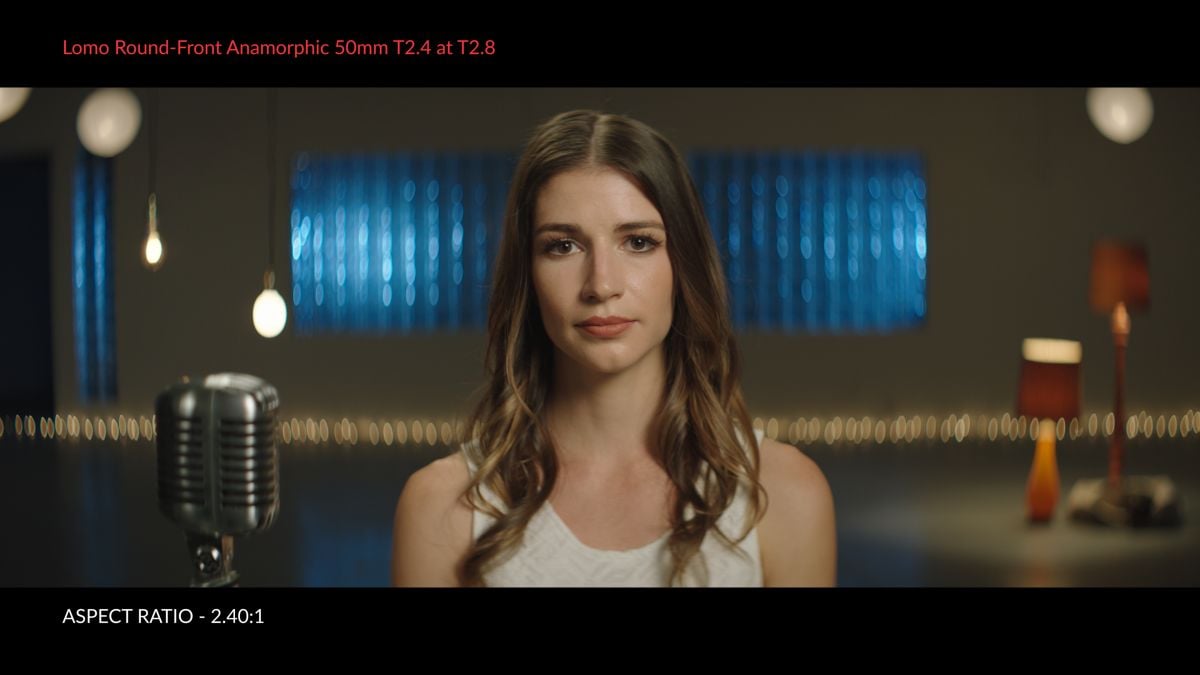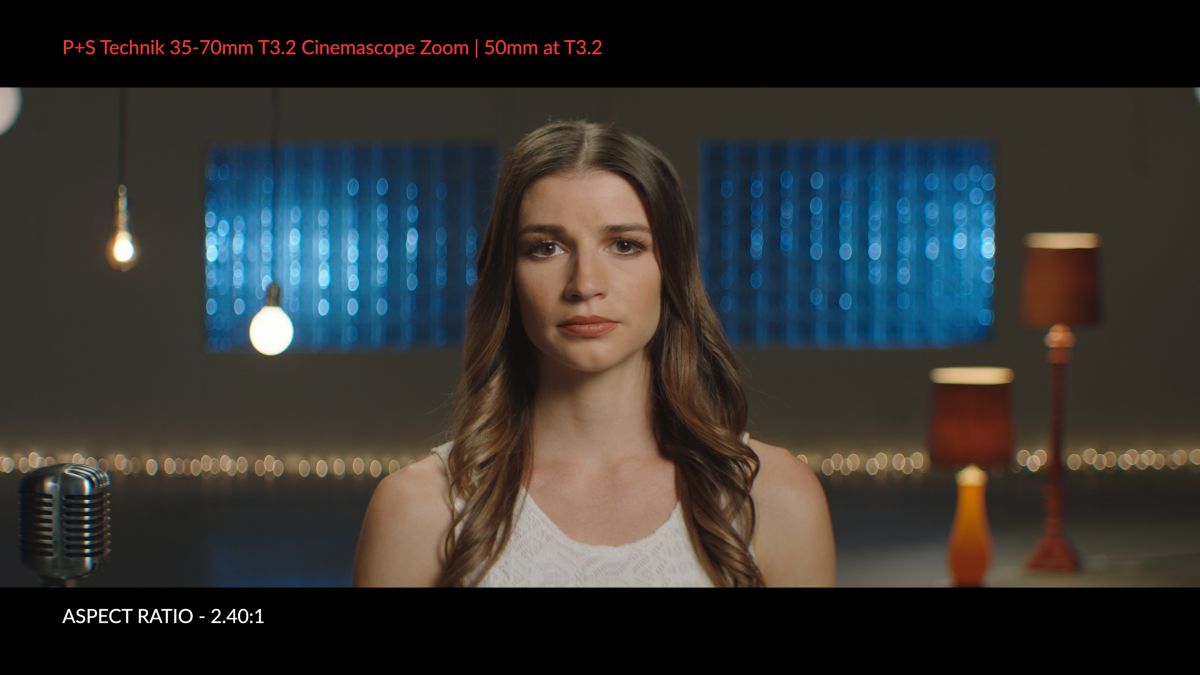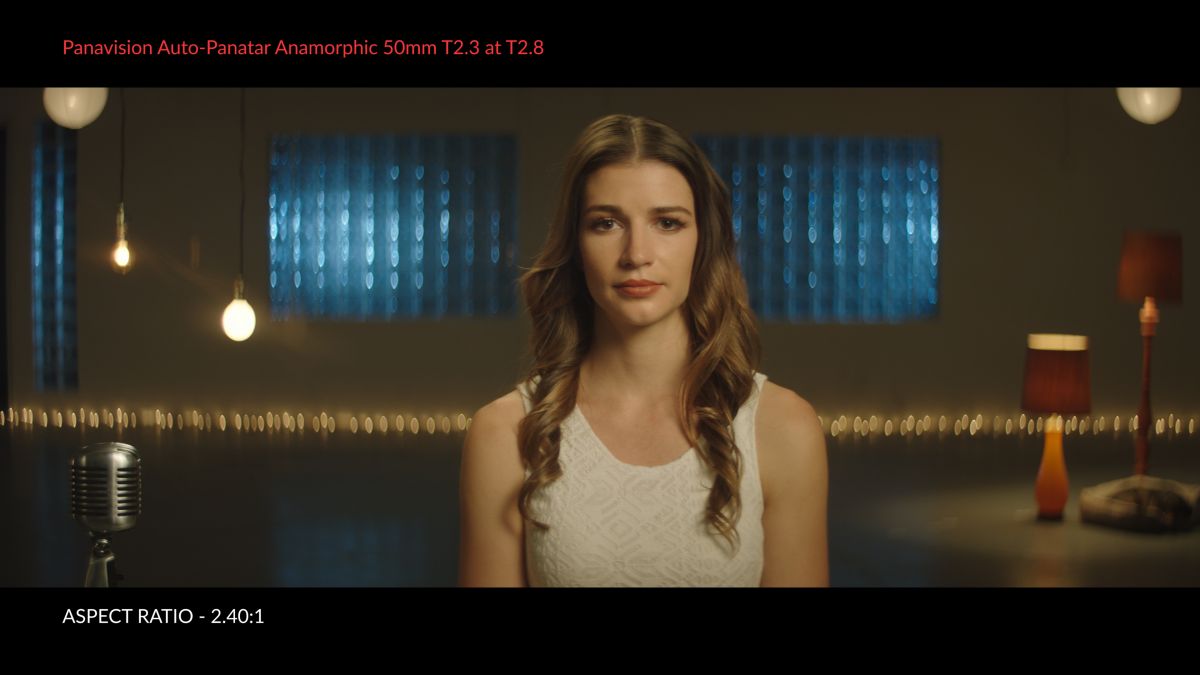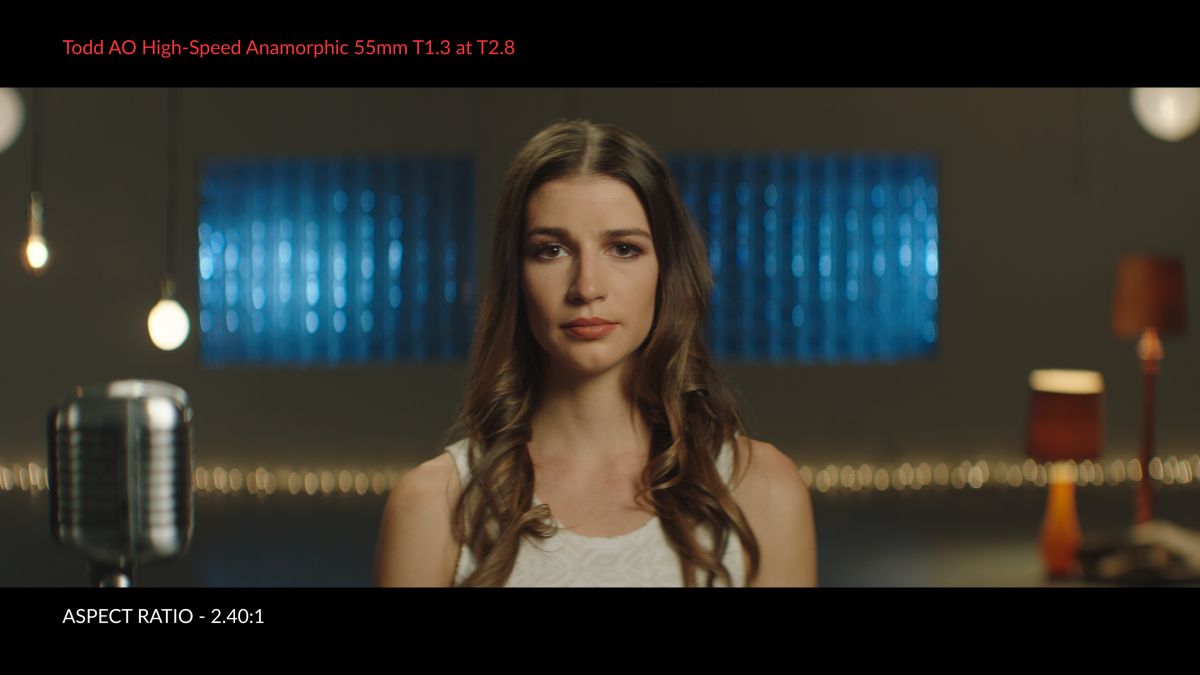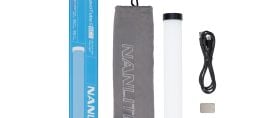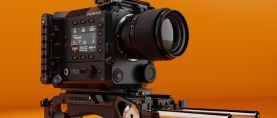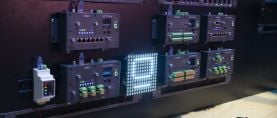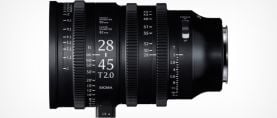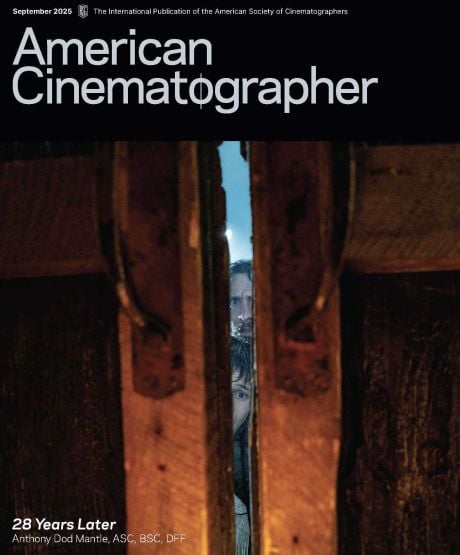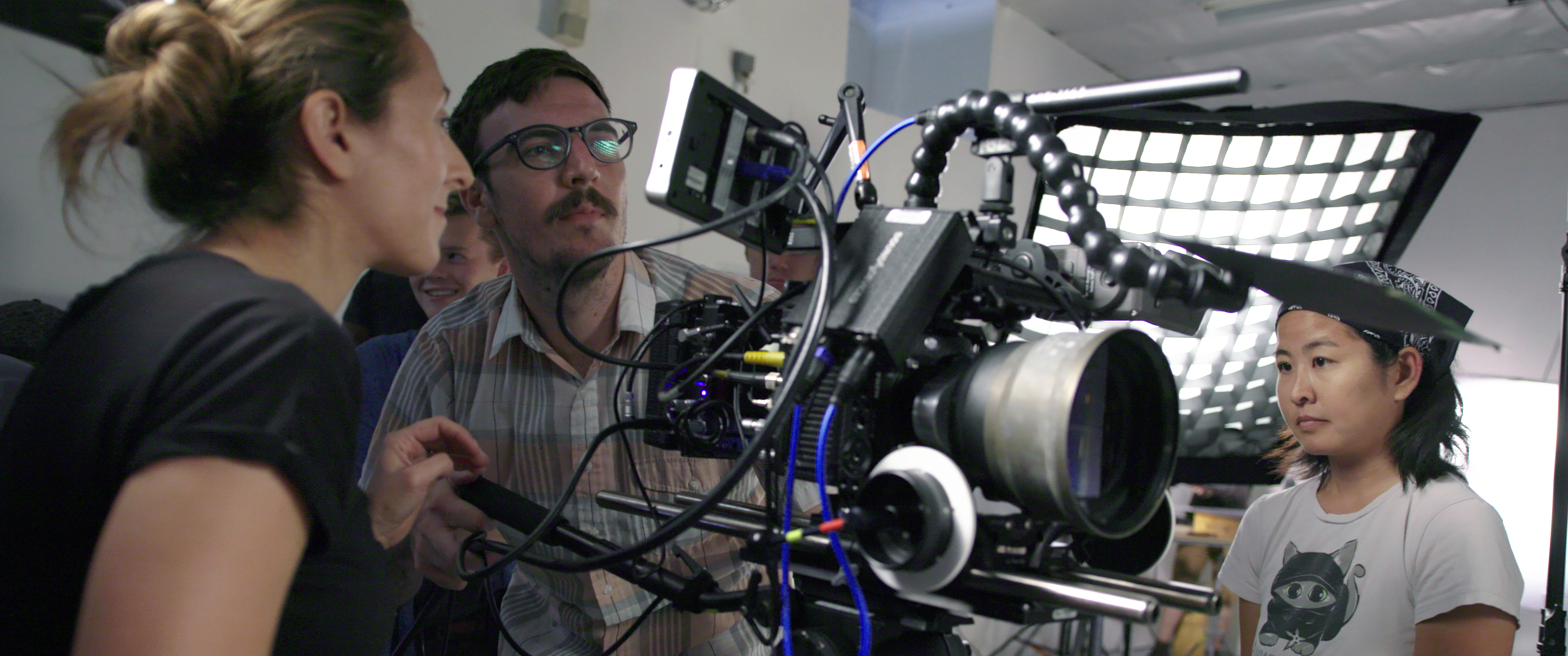
ShareGrid Offers 4K Online Anamorphic Lens Test Library
More than 500 individual tests, conducted by a crew of 29 individuals, displayed on 147 individual 4K videos examining 13 lens brands and 42 focal lengths.

Still photography by Joseph Adams and Armondo Bib
Part of the cinematographer’s duties in pre-production for any project is testing. This includes testing lighting, wardrobe, makeup, visual effects techniques, cameras, filters, postproduction workflow options and, of course, lenses. Yet on even the biggest “A”-list Hollywood productions time and money are always commodities and the cinematographer rarely has the spare economic resources and time to really dive into detailed testing of myriad options. More often than not they have to pair down their possible choices to a few selects and test only those. Further, these tests are rarely seen by anyone other than the cinematographer, director and some key members of each production
and they’re lost to the great abyss after their initial viewing.
The Internet has made some of this testing available to a wider audience. Many independent cinematographers, bloggers and even some of the top names in cinematography, openly share their testing and results with the rest of the world — but it’s still limited to what they were testing for a specific project or to illustrate a specific point.
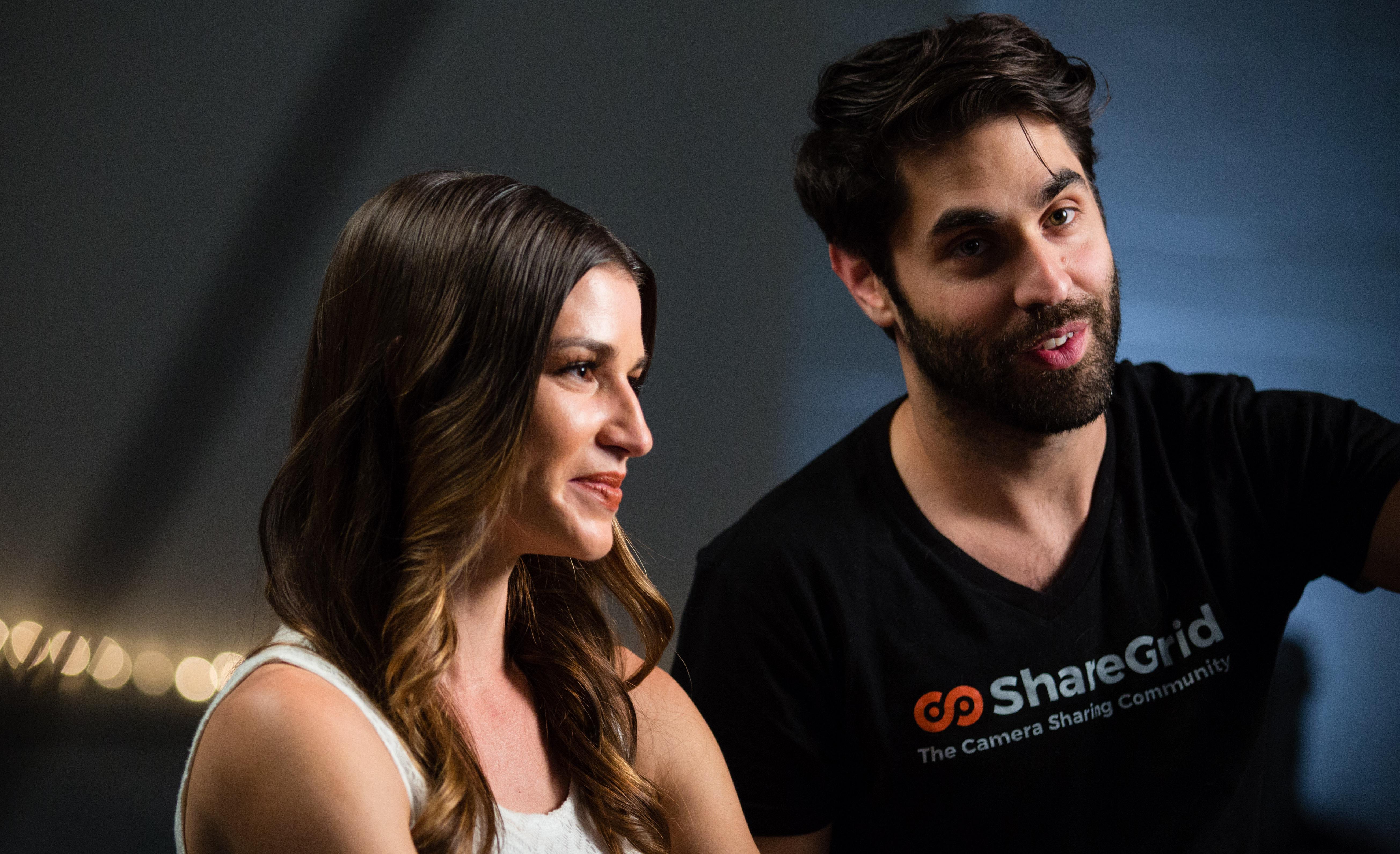
Enter Brent Barbano and ShareGrid.com and Mark LaFleur of Old Fast Glass.
ShareGrid is a peer-to-peer online marketplace where filmmakers and creatives can list their own personal gear for other filmmakers to rent with instant insurance, vetting, ID verification, payment management and more. The service, created by Barbano, a cinematographer himself, currently serves six U.S. cities (Los Angeles, New York, Atlanta, San Francisco, Seattle, Chicago and San Diego) with over 30,000 members and more than $300 million worth of equipment in their virtual inventory — everything from grip trucks to Arri Alexa cameras.
In the fall of 2016, Barbano and ShareGrid member/cinematographer LaFleur teamed up to conduct a massive test of vintage lenses. LaFleur's company, Old Fast Glass, specializes in renting vintage optics for filmmaking. After many discussions between the two cinematographers the duo decided to embark on a large-scale test that they would make free to the public. The Ultimate Vintage Lens Test launched online in September of 2016 to great support from the lens community.
“We were (and still are) frustrated with the abundance of misinformation on the internet [regarding lenses],” offers Barbano. “We wanted to incorporate as many lenses into our test as we possibly could to allow any filmmaker to make an informed decision on which lens might be right for their project.”
“Coincidentally, I was gearing up for a very large comparison lens test at the same time that ShareGrid was producing their own and we decided to combine our efforts,” adds LaFleur. “I designed our testing methods in collaboration with Brent and our friend, cinematographer Kyle Stryker.”
Many lens test videos can be found online on YouTube or Vimeo, but ShareGrid took it a step further and created a quad-screen video player where the user can select any four lenses and compare them in moving footage simultaneously. It's a very powerful method for comparing the characteristics of multiple lenses. The test included Arri/Zeiss Master Primes, Canon K35s, Cooke Speed Panchros Series II/III, Kowa Cine Prominars, Leica Rs, Nikon AI-Ss (with Duclos Cine-Mod) and Zeiss Super Speed MKIIIs.
After the success of the Ultimate Vintage Lens Test, Barbano and LaFleur knew they knew they had to do another — there are just so many lenses to choose from. The team decided their next test would be anamorphic lenses and they spent many months coordinating with private owners and rental facilities to get their hands on as many anamorphic lenses as they possibly could during their three-day testing period.
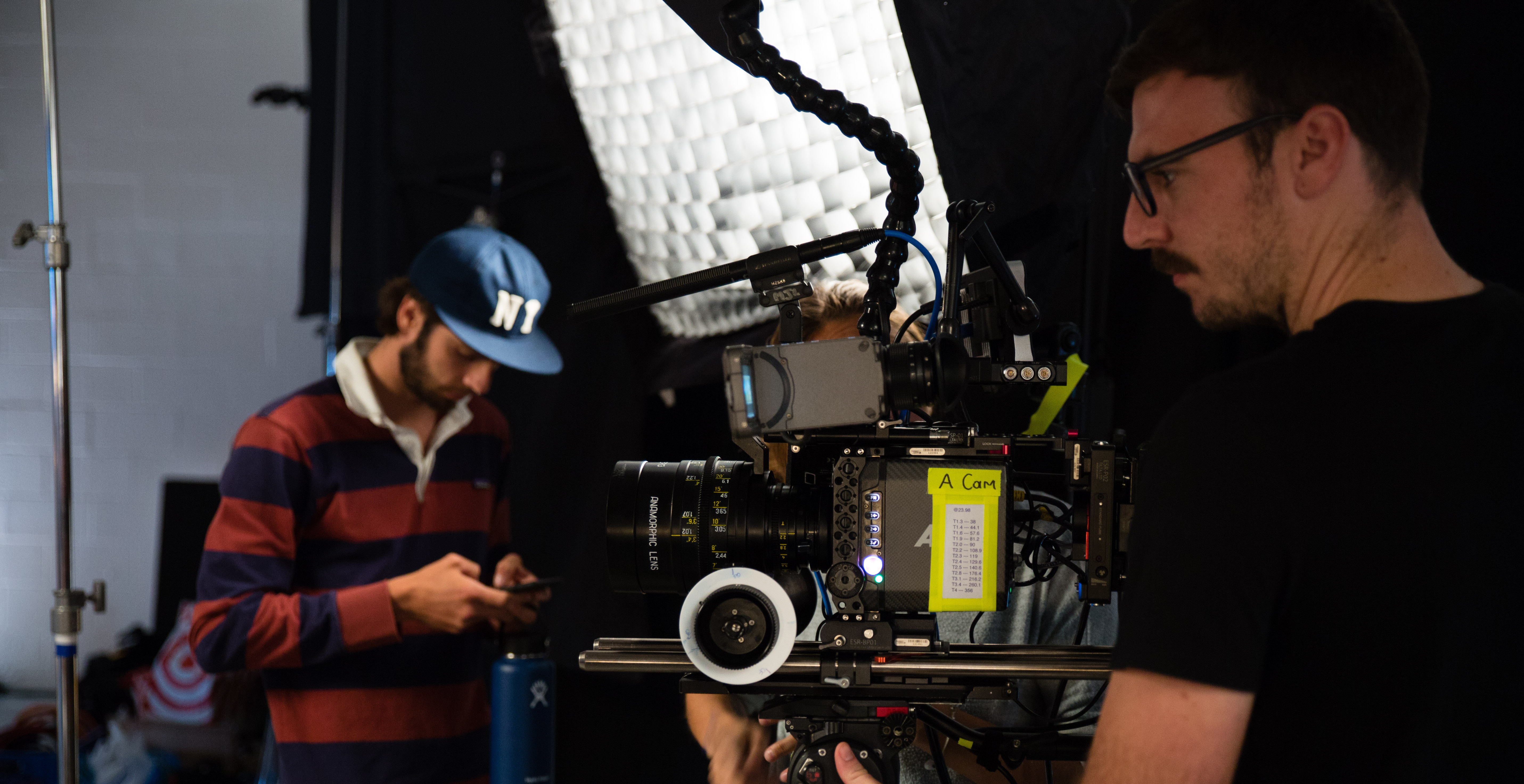
“For the test, I wanted something that was scientific, but I knew I didn't want our audience to have to just look at color charts and Siemens Stars,” explains LaFleur. “I wanted a test that was more of a real-world setting with a person's face front and center, some foreground, a well thought-out background and a setup that allowed a viewer to judge as many of the characteristics of a lens in a single setup as possible. We also wanted to give the viewer time to digest and observe center sharpness, edge sharpness, color cast, contrast, vignetting, focus fall-off, distortion, chromatic aberrations, bokeh, focus breathing, minimum focus and more.”
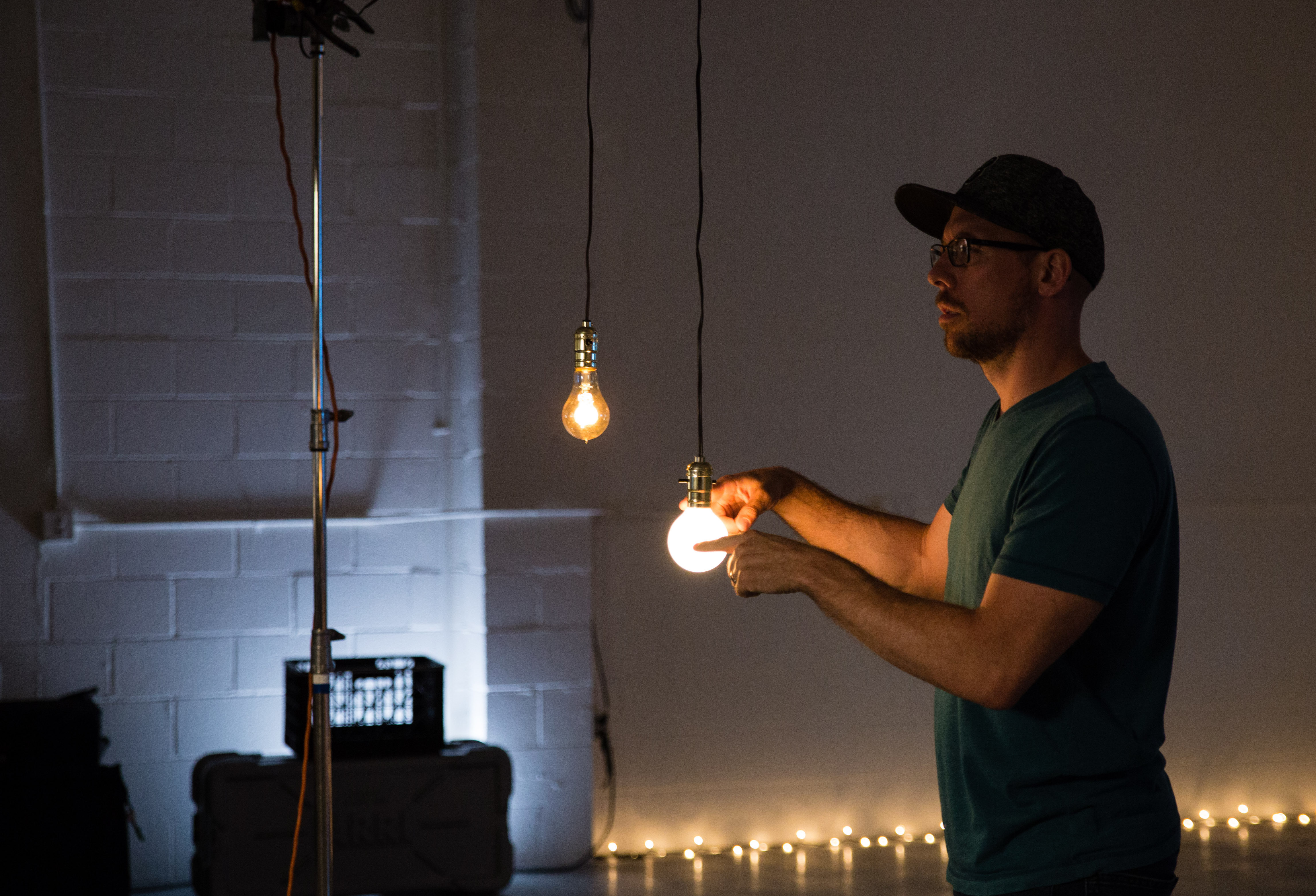
The anamorphic test took this process to an entirely different level.
The massive, three-day, assembly-line-like operation concluded with 518 individual tests, conducted by a crew of 29 individuals that will be displayed on 147 individual 4K videos, 13 lens brands and 42 focal lengths. It is far beyond what any individual cinematographer could ever achieve in a single test period.
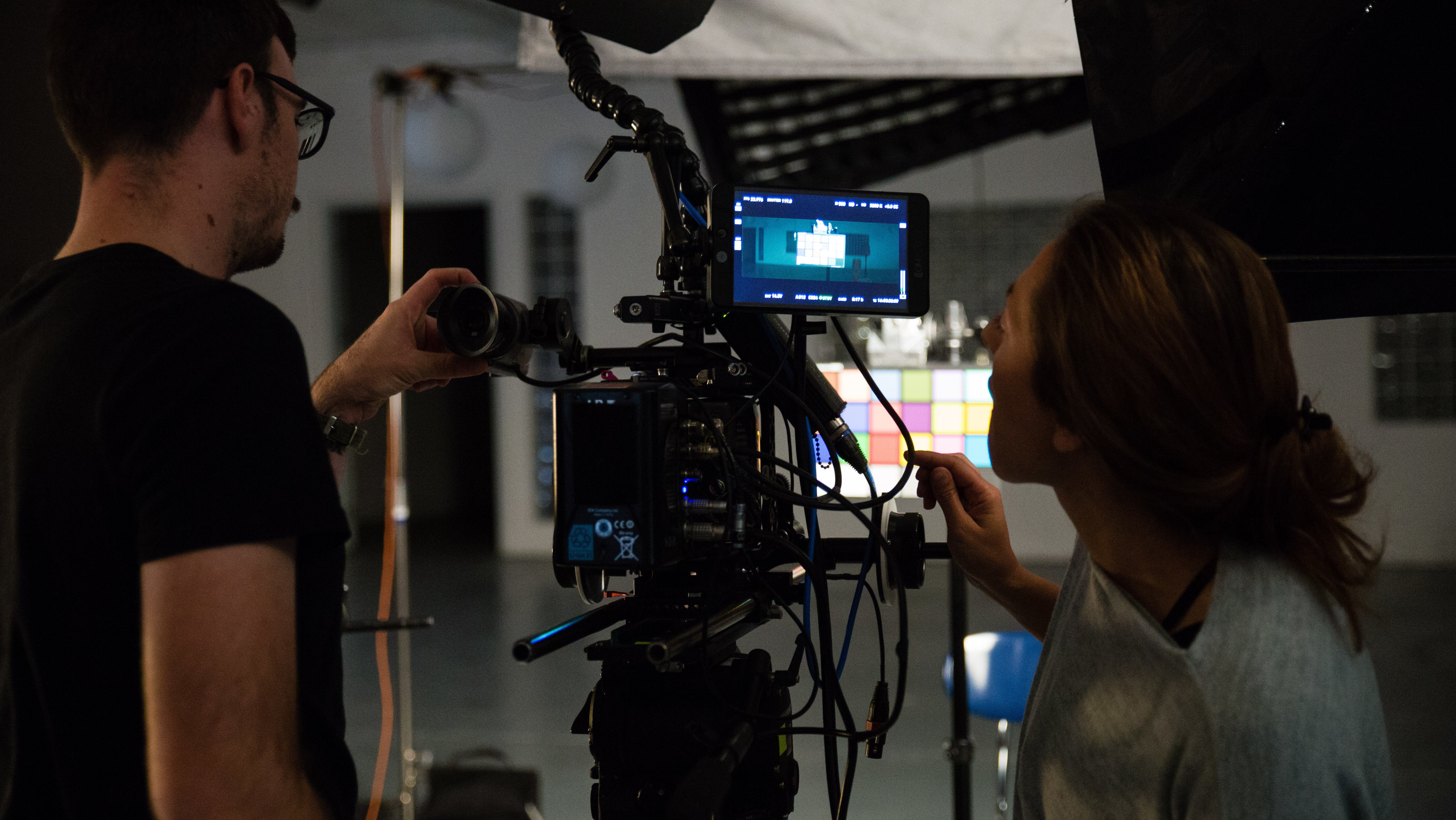
The main anamorphic test features model Kori Agee and replicates the exact same look and conditions as the first vintage spherical lens test — to make them completely compatible. The test demonstrates center sharpness, edge sharpness, bokeh, fall off, distant focus, minimum focus, skin tone, color cast, basic veiling glare, chroma, chromatic aberration, spherical aberration, astigmatism and more. This is off-set by a separate flare test that looks at light in the sides and center of the lens at every stop on the lens.
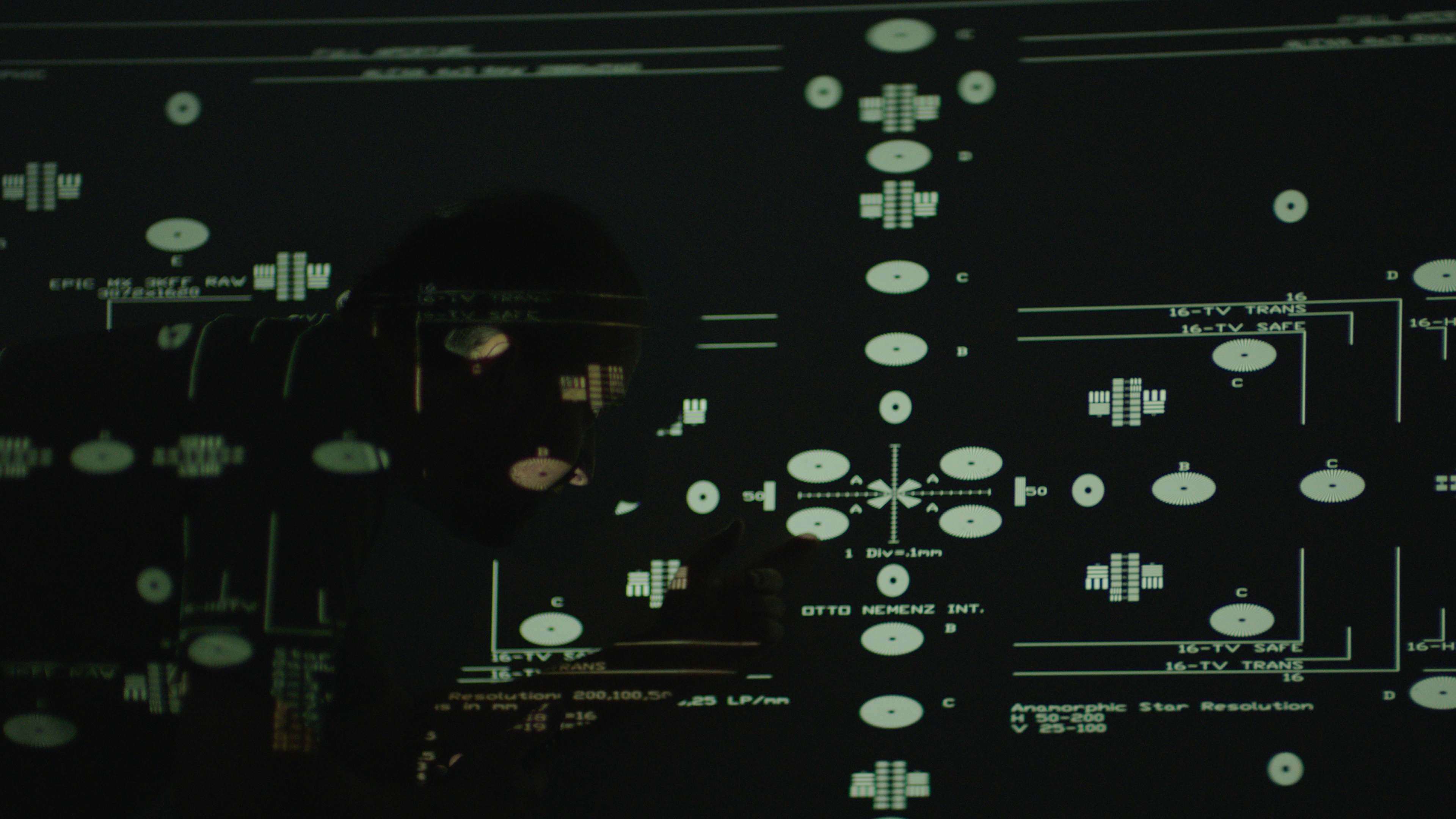
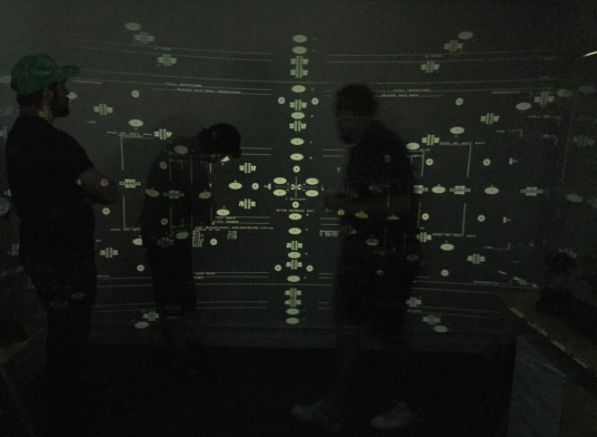
Further tests include a distortion chart, focus chart and notations/observations from utilizing a lens projector — the P+S Technik LensChecker, designed by Kish Sadhvani.

The test includes Arri/Zeiss Masters, the Atlas Lens Co. Orion prototype, Cineovisions, Cooke Special Flares, Elites, Hawk V-Lite Vintage '74s, Kowa Cine Prominars, Lomo Round-Front, the original Auto-Panatar created by Panavision, Todd AOs, Angenieux Optimo zooms, P+S Technik zoom, and the Iscorama Pre-36 lens adapter. (Listed here on the ShareGrid site.)
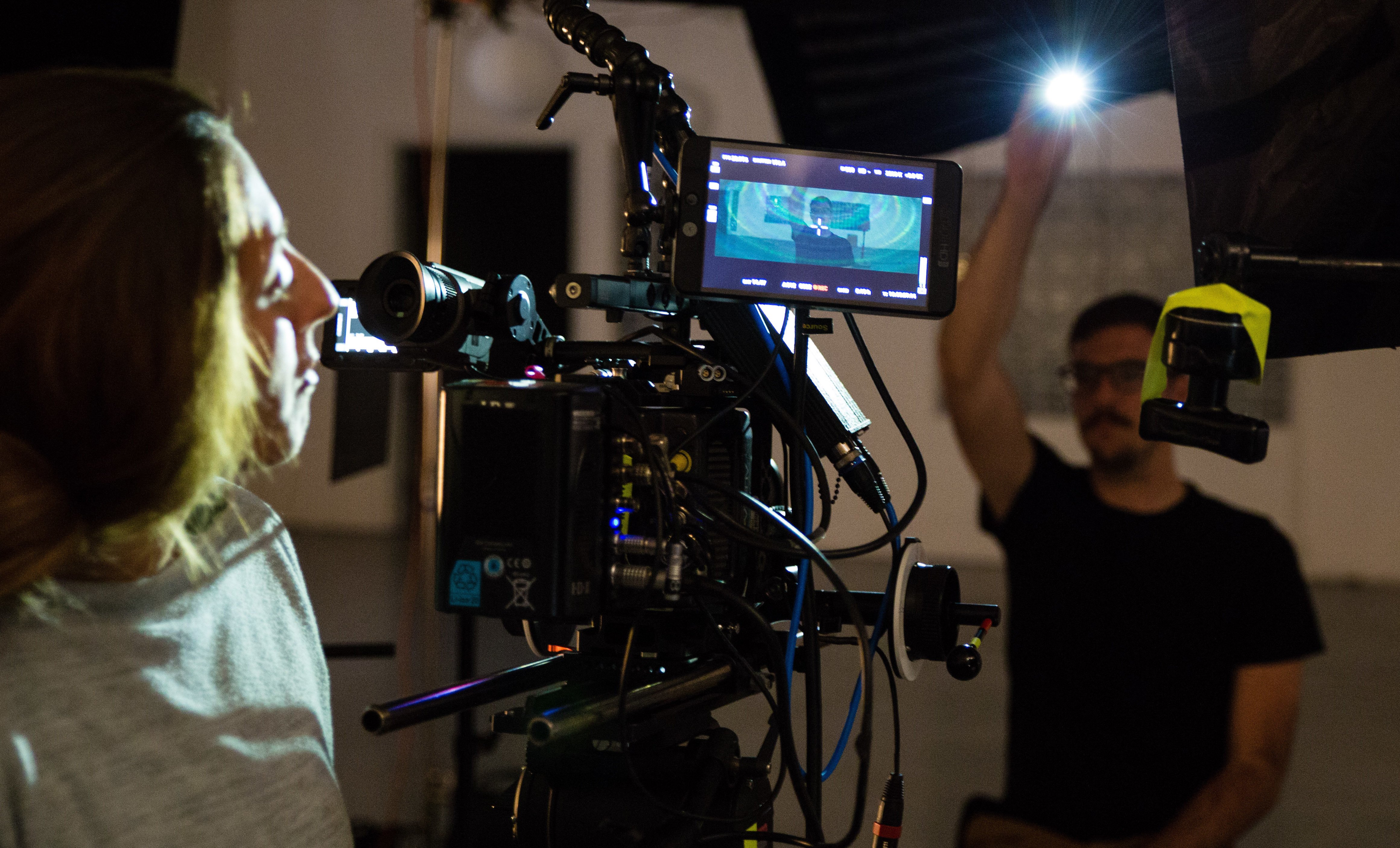
Barbano served as executive producer of the test with LaFleur a fellow EP and director. On hand to help out were producer Adam Reynolds, production manager Chuck Oldfield, cinematographer Kyle Stryker and lens experts Matthew Duclos, Illya Friedman, Jorge Diaz-Amador and Erik Gils.
“The amount of lenses we had was a bit overwhelming,” recalls Barbano. “To have lenses from the 1960s compared to prototypes that aren’t even on the market yet, compared to some of the most expensive and near-perfect lenses along side a sub-$3K lens adapter that you can use with cheap still lenses — is phenomenal. To call this a comprehensive lens test is truly an understatement.
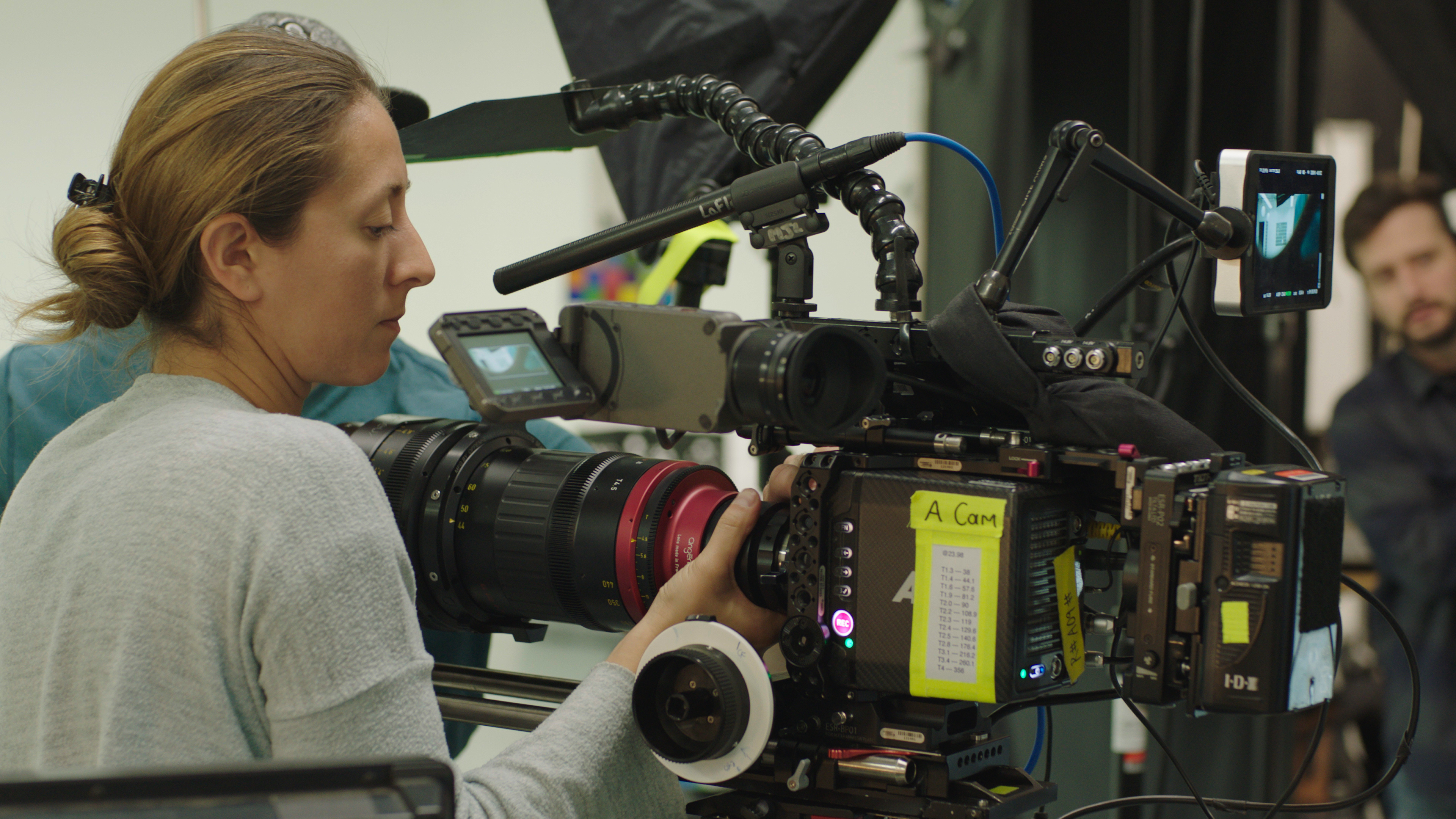
“I’ve been a lover of all things cinematography,” he continues. “However, I don’t consider myself an expert in any capacity; I’m always learning. So, to be surrounded by some of the most knowledgeable experts when it comes to cinema lenses was pretty amazing. You would walk by the monitor and hear someone talking about the bokeh differing between T-stops. Then you’d walk through the distortion and focus chart area to hear someone else analyze the barrel distortions of a particular lens. Then you’d walk into the lens projection room and hear a conversation about the focus fall off and chromatic aberration of the lens they were testing. Everywhere you went, you were surrounded by brilliant minds for three days straight. It was so damn cool. I went into lens this test with a bachelor’s degree and came out with a masters.”
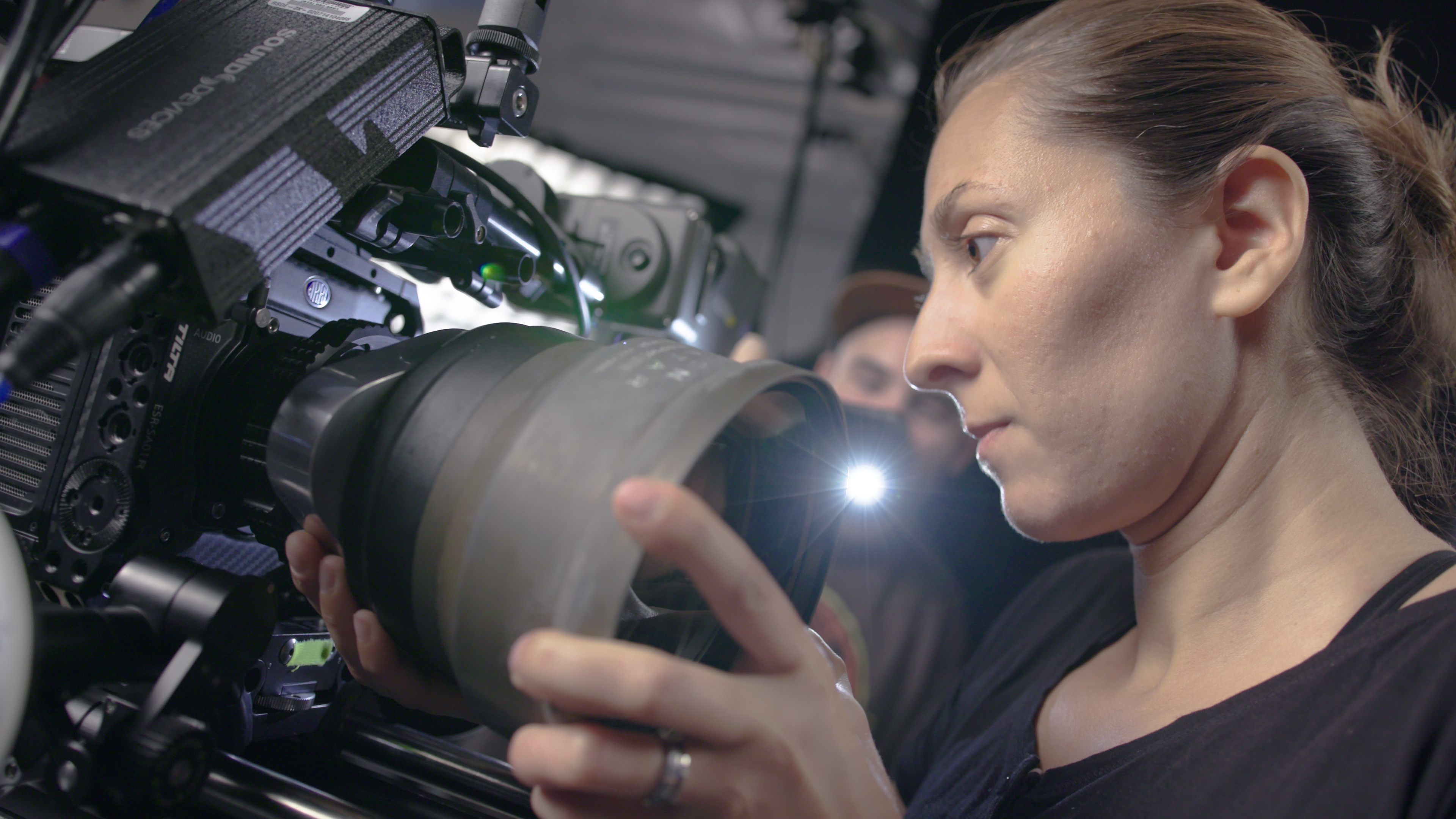
“The biggest reason why an anamorphic lens test of this scale isn’t out there already: it’s a lot of work,” offers LaFleur. “Even with the advantage of being in Los Angeles surrounded by rental houses and cinematographers, it was not easy to get all these lenses in one room, never mind for three days for a barrage of testing. Some of the lenses in the test are incredibly rare. For some of our vintage lenses only a handful of working sets exist! If you scour the Internet you will likely find some video footage, maybe even test footage of every lens in this test. However, the only way to really understand the differences, similarities, advantages, disadvantages, surprises and quirks is to put them all in one controlled apples-to-apples comparison. I hope people will watch these tests and forget about the rumors they heard about certain lenses and forget what lens some big-name DP used to shoot their feature, but rather fall in love with the look of a lens because of its character, performance and personality, not the name engraved on the barrel. As a cinematographer and lens geek, this is the test I have wanted to create for a long time. Even more than spherical lenses, these lenses are radically different from set to set, lens to lens within a set and even T stop to T stop. It’s exciting to have so many great choices. I hope this test will be a trusted resource for filmmakers.”

Many companies and individuals contributed lenses to the test: Brainbox Cameras, Alternative Rentals, Hot Rod Cameras, CSLA, West Coast Cine Video, LensWorks Rentals and Hydraulx Visual Effects, along with personal lenses from Mark LaFleur, Conrad Hunziker and cinematographer/American Cinematographer technical editor Christopher Probst.
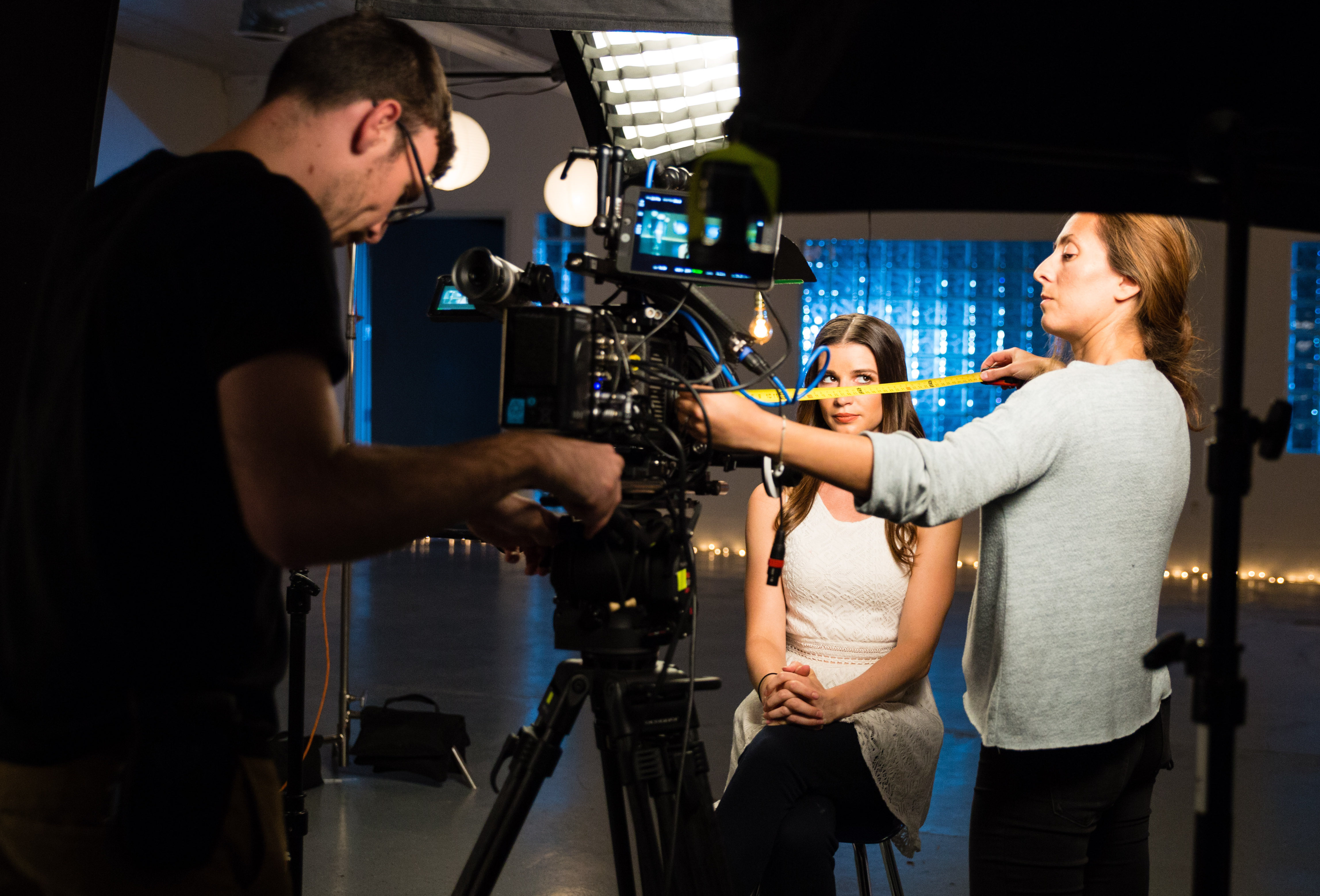
Sponsors and contributors for the tests included Duclos Lenses, Althos Insurance, Scopo Studios and CinemaTechnic.
“The goal for this test — and I want to make this very clear — is not to do a shootout,” attests Barbano. There are no winners in this test. Every lens, brand and video is right for someone. There’s a reason why we have Arri/Zeiss Master Anamorphics and an Iscorama Pre-36 Anamorphic Lens adapter in the test. We want people to be able to look at a $40,000 lens versus a sub-$3,000 lens adapter and everything in between to help them determine what is right for their project. We are not making any decision for you. It’s up to you, your eyes, your budget and your creative needs to determine what lens is right for your project. All we can hope for is that our lens test will be that tool to help you make that distinction.”
That in mind, here are 13 of the completed anamorphic test images:
